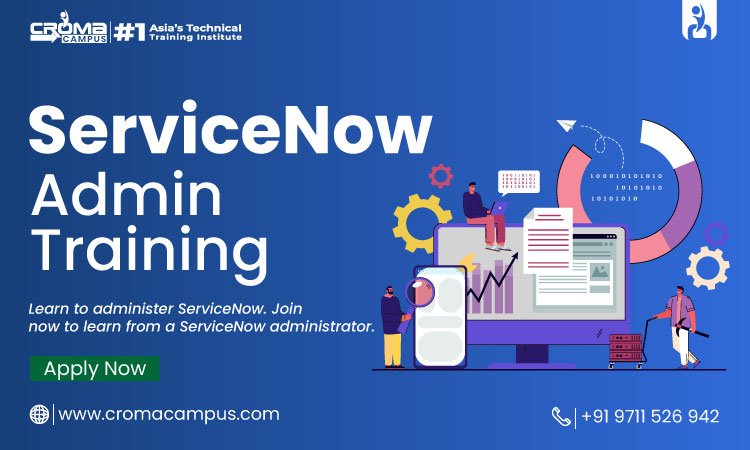What is IT Service Management (ITSM)?
In the world of technology, managing IT services effectively is crucial for any organization.
Share this Post to earn Money ( Upto ₹100 per 1000 Views )

Overview
If you're exploring options like ServiceNow Certification Cost or considering how to get started with ITSM, understanding the basics is important. Here’s a straightforward guide to what ITSM is all about and how it can benefit your organization.
What is IT Service Management (ITSM)?
IT Service Management, or ITSM, is all about how organizations handle their IT services. Think of it as a framework or a set of practices that help businesses deliver and manage their IT services smoothly. ITSM focuses on making sure that IT services—like email, software applications, and support—are provided in the best way possible, meeting the needs of users and the business itself.
Key Parts of ITSM
-
Service Strategy: This is the planning phase where businesses decide what IT services they need and how these services will help achieve their goals. Service Design: Here, businesses design new IT services or improve existing ones. This involves figuring out how to set up the services, including the technology and processes needed.
-
Service Transition: This part focuses on moving new or updated services into use. It involves testing and deploying these services to make sure they work correctly without disrupting existing services.
-
Service Operation: This is about managing IT services day-to-day. It includes handling issues, answering service requests, and making sure everything runs smoothly.
-
Continual Service Improvement: ITSM is not a one-time thing; it’s about constantly improving. This means regularly checking how IT services are performing, finding ways to make them better, and making changes as needed.
Overview of the Advantages of ITSM
This table simplifies how ITSM benefits an organization by improving service quality, efficiency, customer satisfaction, alignment with business goals, and problem-solving.
How to Implement ITSM?
-
Choose an ITSM Framework: There are various frameworks available, such as ITIL (Information Technology Infrastructure Library) and COBIT (Control Objectives for Information and Related Technologies). Organizations should select one that fits their needs and goals.
-
Get Trained: Learning about ITSM is crucial for successful implementation. Training programs, like Service Now Training, offer valuable insights into ITSM practices. This training helps IT staff understand how to manage services effectively.
-
Plan and Assess: Before starting ITSM, organizations need to assess their current IT practices and plan what changes are needed. This involves identifying gaps and setting goals for improvement.
-
Implement and Monitor: Once planning is complete, the next step is to put ITSM practices and tools into action. Regular monitoring ensures that everything is working as expected and that any issues are addressed promptly.
-
Review and Improve: ITSM is an ongoing process. Regularly reviewing how services are performing and making improvements helps organizations adapt to changes and keep their IT services up to date.
Summing up,
IT Service Management (ITSM) is a vital approach for managing and improving IT services in a way that meets business needs. By focusing on quality, efficiency, and alignment with business goals, ITSM helps organizations deliver better IT services. For those interested in ITSM, understanding aspects like ServiceNow Certification Cost and enrolling in Service Now Training can provide valuable knowledge and skills. Adopting ITSM practices ensures that IT services are managed effectively, leading to better outcomes for both the organization and its customers.















